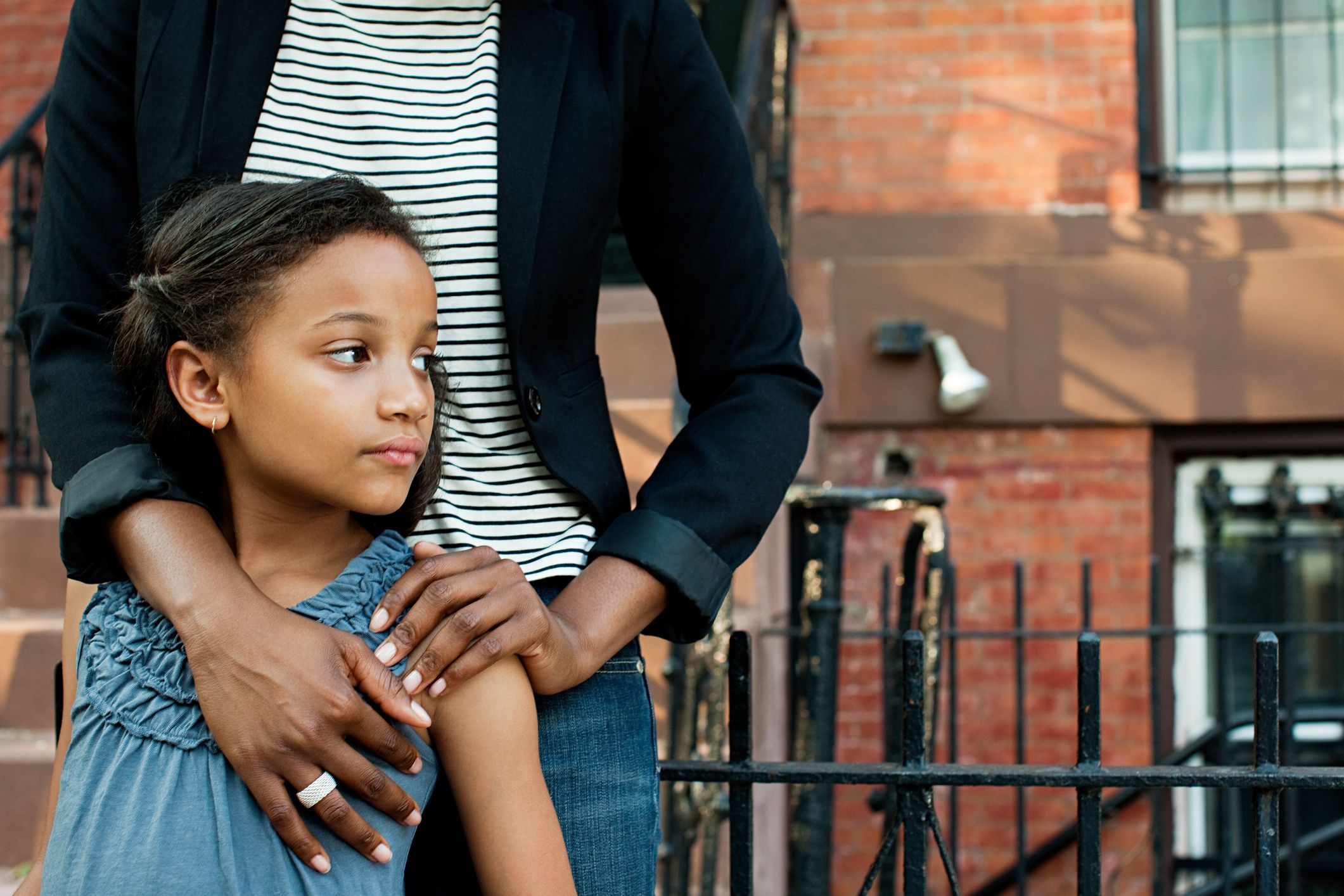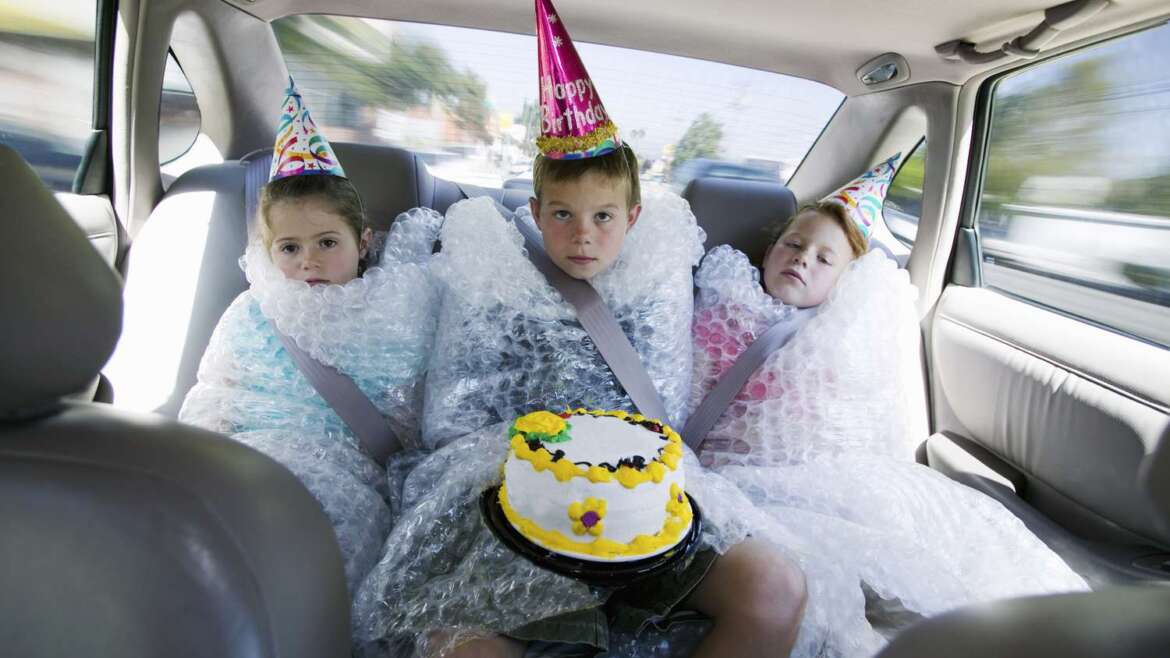 In today’s world, the term “helicopter parenting” has become all too familiar. But what lies beneath this protective shield? Let’s unwrap the layers of the “Bubble Wrap Effect” and explore its implications.
In today’s world, the term “helicopter parenting” has become all too familiar. But what lies beneath this protective shield? Let’s unwrap the layers of the “Bubble Wrap Effect” and explore its implications.
The Bubble Wrap Effect: Are We Overprotecting Our Children?
The Bubble Wrap Effect refers to the overprotective nature of modern parents, wrapping their children in layers of safety, much like the cushioning of bubble wrap. But is this protective layer doing more harm than good?
Historical Context
Evolution of Parenting Styles
From the strict disciplinarians of the past to today’s more nurturing approach, parenting styles have evolved significantly. But where does overprotection fit in?
Overprotection in the Past
Contrary to popular belief, overprotecting children isn’t a new phenomenon. Historical records show instances of parents shielding their offspring from potential harm.
 The Modern Parent And The Bubble Wrap Effect
The Modern Parent And The Bubble Wrap Effect
The Rise of Helicopter Parenting
The term “helicopter parent” paints a vivid picture of parents hovering over their children, overseeing every aspect of their lives. But what drives this behavior?
The Fear of Failure
Many parents today fear their child’s failure more than anything else, leading to an environment where risks are avoided at all costs.
Psychological Impacts
The Importance of Resilience
By overprotecting, are we robbing our children of the chance to develop resilience? The ability to bounce back from setbacks is crucial for mental well-being.
The Dangers of Overprotection
Overprotection can lead to anxiety, lack of self-confidence, and an inability to handle real-world challenges.
:max_bytes(150000):strip_icc()/mother-student-school-anxiety-2000-43f2d9ce0f654db4be8e6d91b5d8eff3.jpg) Real-life Consequences
Real-life Consequences
Stunted Social Skills
Children cocooned from the world often struggle with social interactions, leading to difficulties in forming meaningful relationships.
Delayed Independence
Overprotected children may find it challenging to become independent adults, relying on their parents for even basic tasks.
The Role of Society
Media’s Influence
The media often magnifies rare incidents, leading parents to believe that the world is more dangerous than it truly is.
Peer Pressure Among Parents
In a world of social media, parents often feel the pressure to be “perfect,” leading to competitive overprotection.
 Balancing Protection and Independence
Balancing Protection and Independence
Recognizing Overprotection
It’s essential for parents to recognise when their protective instincts are crossing the line.
Encouraging Risk-taking
Allowing children to take calculated risks can boost their confidence and prepare them for real-world challenges.
The Positive Side
Benefits of Balanced Parenting
Striking a balance between protection and independence can lead to well-rounded, confident, and resilient children.
Success Stories
Many successful individuals credit their achievements to a balanced upbringing that allowed them to learn from their mistakes.
The Global Perspective
Cultural Differences in Parenting
Different cultures have varied approaches to parenting. What can we learn from them?
Lessons from Around the World
From the free-range kids of Scandinavia to the disciplined upbringing in Asia, there’s a lot to learn from global parenting styles.
Future Implications
Preparing Children for Tomorrow
The world is changing rapidly. Are we preparing our children to face the challenges of tomorrow?
The Need for Adaptability
In an ever-evolving world, adaptability is key. Overprotected children may struggle to adapt to changing circumstances.
FAQ
What is the Bubble Wrap Effect in parenting?
The Bubble Wrap Effect in parenting refers to the overprotective nature of some modern parents who shield their children from potential risks, challenges, or failures. Much like bubble wrap protects fragile items from damage, these parents attempt to insulate their children from any harm or discomfort, often to the point where it may hinder the child’s ability to develop resilience and cope with real-world challenges.
How can parents strike a balance between protection and independence?
Striking a balance involves recognizing the difference between genuine threats and beneficial challenges. Parents can:
-
- Encourage age-appropriate responsibilities and tasks.
- Allow children to face natural consequences for their actions.
- Foster open communication, discussing fears and concerns.
- Gradually introduce new experiences, allowing children to build confidence.
- Educate themselves on child development to set realistic expectations.
Are there any benefits to overprotecting children?
While the intention behind overprotection is to keep children safe, in the short term, it might prevent immediate harm or discomfort. For instance, children might be shielded from physical injuries or emotional distress. However, in the long run, excessive protection can hinder a child’s ability to develop essential life skills, resilience, and coping mechanisms.
How does media influence the perception of danger?
Media, especially in the age of social media and 24-hour news cycles, often magnifies rare and extreme incidents, creating a perception that the world is more dangerous than it actually is. Sensationalized stories can instill fear and lead parents to believe that they need to protect their children from numerous perceived threats, even if those threats are statistically rare.
What are some signs of overprotective parenting?
Signs of overprotective parenting include:
-
-
- Constantly hovering over the child, even when they’re capable of doing tasks on their own.
- Making decisions for the child without considering their feelings or opinions.
- Avoiding or preventing the child from participating in normal age-appropriate activities due to fear of harm or failure.
- Overreacting to minor injuries or setbacks.
-
Frequently intervening in the child’s conflicts or challenges instead of letting them navigate the situation.
How can parents encourage resilience in their children?
Parents can encourage resilience by:
-
-
-
- Allowing children to face challenges and learn from failures.
- Teaching problem-solving skills and encouraging them to find solutions on their own.
- Providing a supportive environment where children feel safe discussing their feelings and fears.
- Celebrating efforts and progress, not just outcomes.
- Exposing them to diverse experiences and situations to broaden their adaptability.
-
-
Conclusion
The Bubble Wrap Effect, while stemming from a place of love and concern, can have unintended consequences. By understanding and addressing the root causes of overprotection, parents can pave the way for a brighter, more resilient future for their children.
If you want to learn more about the area in which your child’s life needs the most support and how you can help them to grow in confidence, take our Breakthrough Area Assessment by clicking the button below.



